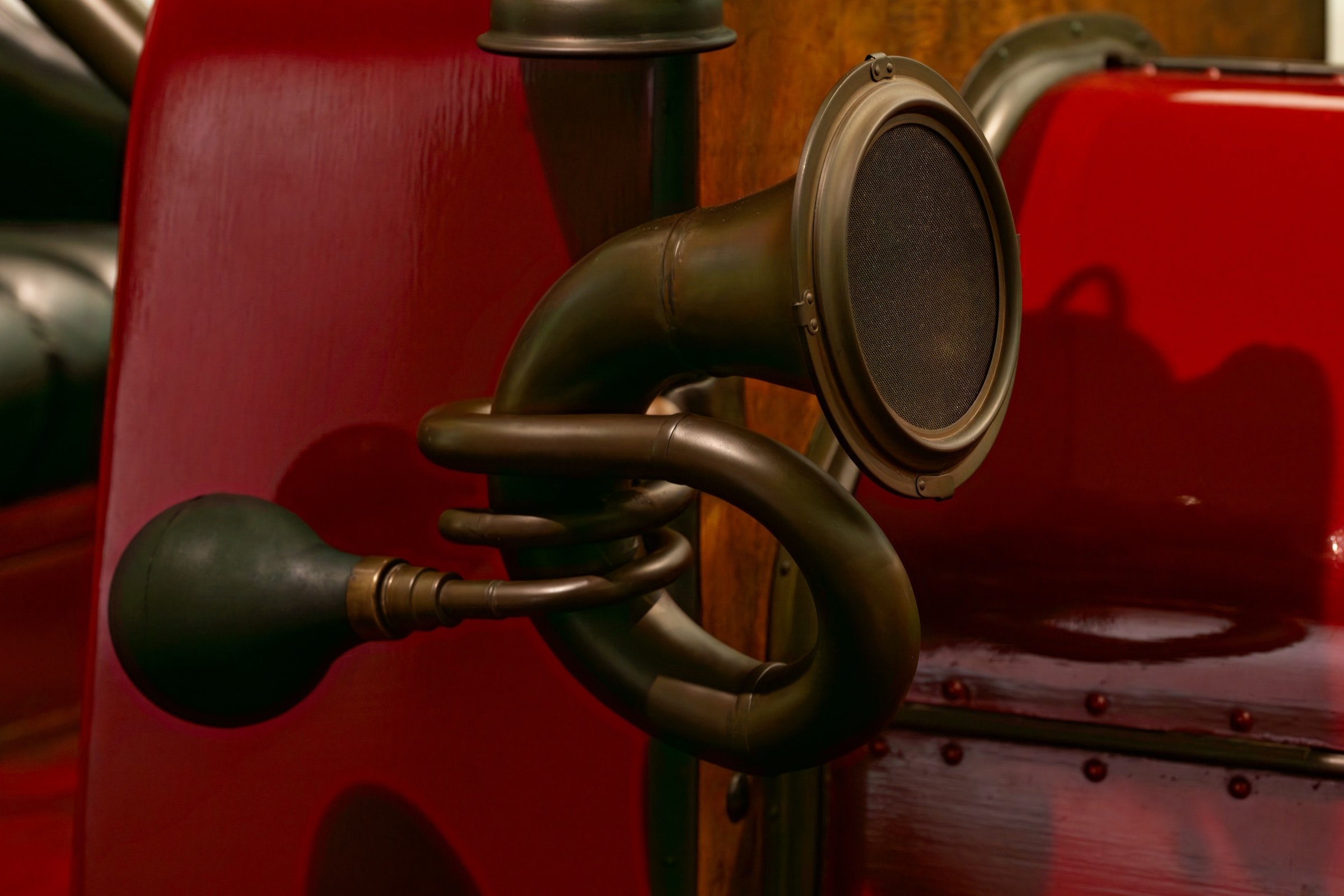
The car horn, affectionately known as the 'hooter' in South African culture, holds a special place in our hearts and on our roads. It's not just a noise-making device; it's a versatile tool with a rich history and unique meanings. Let's dive into the multifaceted world of South African hooters.
Dating back to the 1800s, when cars were a rarity, a designated person would stroll ahead of the vehicle, sounding the alarm for imagined or actual hazards. However, as cars picked up speed, it became clear that a driver-operated horn was a far more efficient solution.
The fundamental purpose of the hooter remains intact: alerting fellow drivers, pedestrians, and cyclists to your presence. It's the classic, universal use of this device, and we don't abuse it too often.
But here's where the South African twist comes in. We've added a touch of flair to the hooter, making it uniquely our own. In the Rainbow Nation, car horns are used in several distinct ways:
1. As a Greeting: Sure, other countries might use their horns for a quick hello, but we've turned it into an art form. We do it more often, and, if I may say, better.
2. Alerting, South African Style: This is not your typical warning. It's more like a courteous heads-up, a chance for another driver to cut across if needed and our taxi drivers love it most. You could almost call it their mating call; where peacocks have their feathers, taxi drivers have their hooters.
3. Saying Thank You: Amidst all the creative uses, this one stands out as the most polite. A quick toot of the horn to express gratitude is a uniquely South African courtesy.
4. Celebration: When the Springboks clinched the World Cup, we poured into our cars, celebrating with an exuberant symphony of honks and jubilant chants.
These are just a few examples of the creative and endearing ways South Africans employ their hooters. It's not just a noise; it's a language, a gesture, and a cultural touchstone that makes our roads a little more interesting and lively.
Lu-Allen Kruger - proudly ChangeCars











